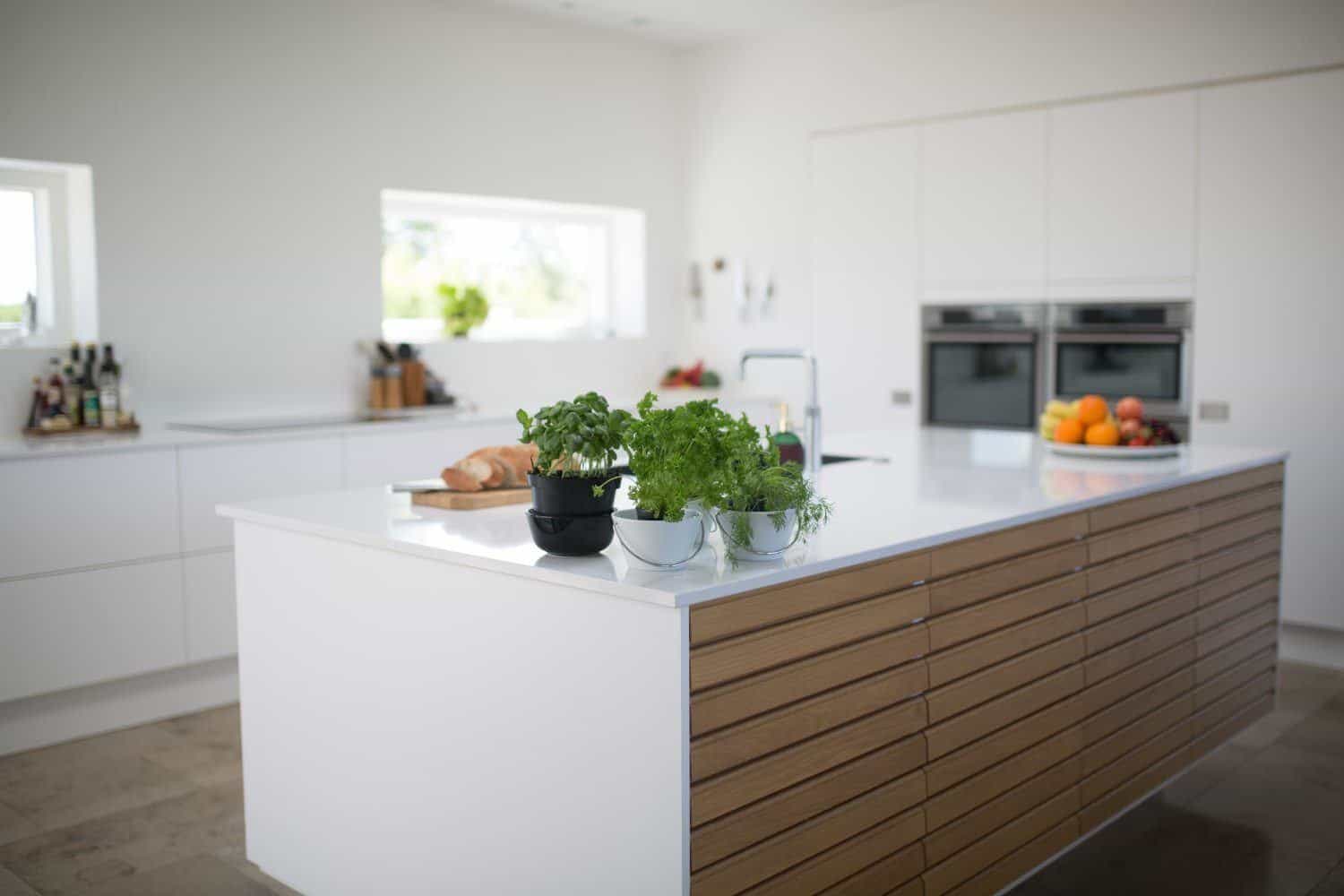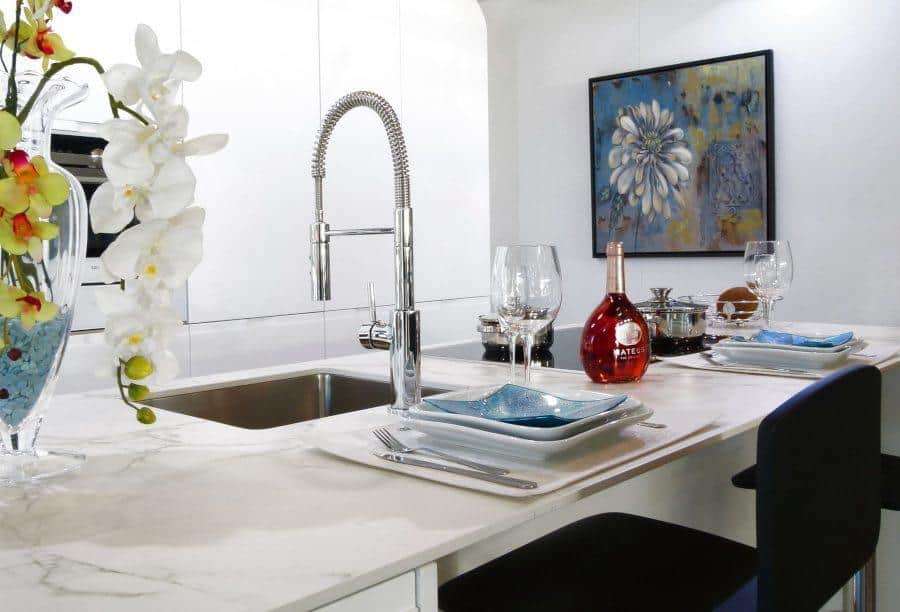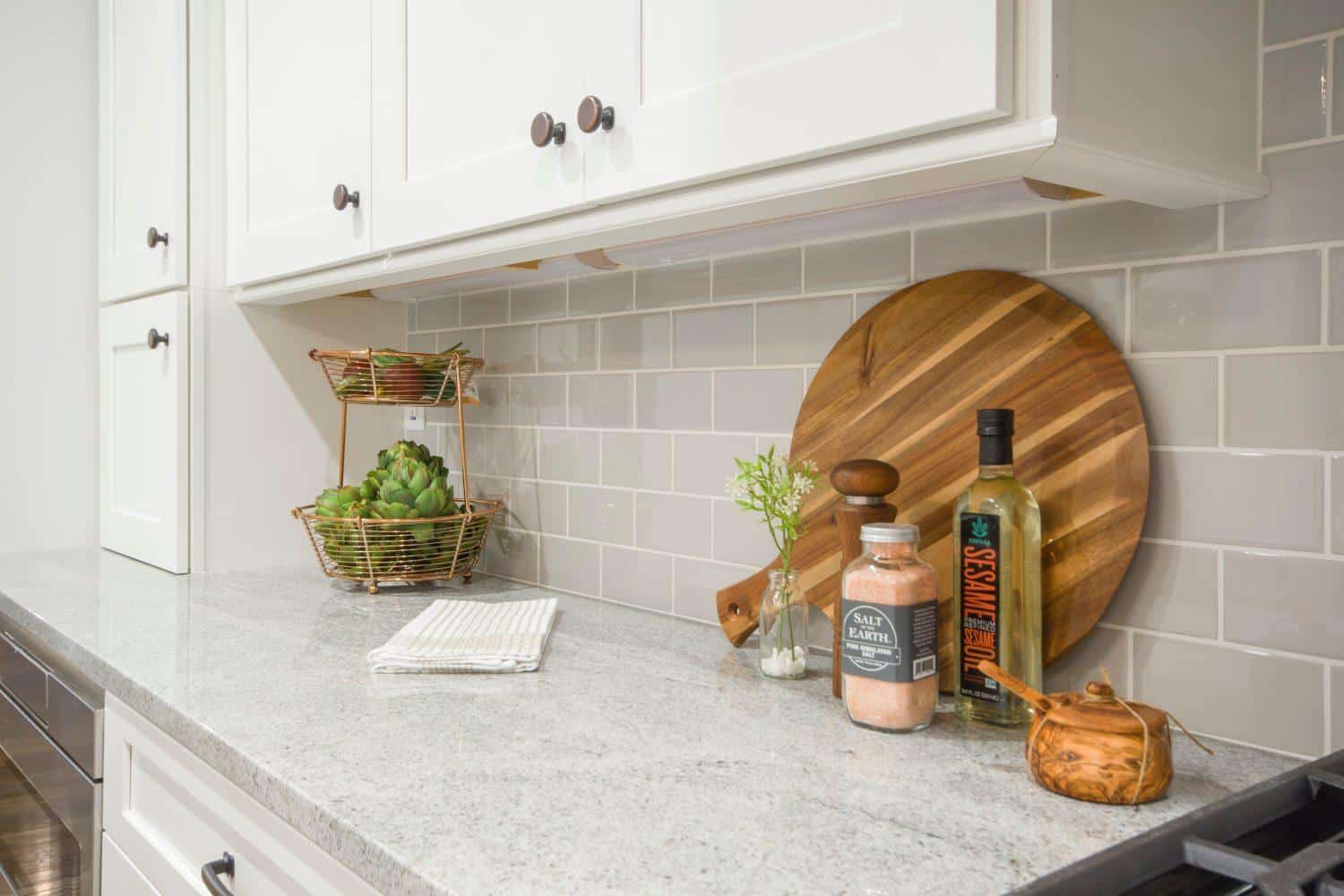Concrete is porous by nature, which means that spills can stain and diminish its quality since liquids can seep through the concrete. If your countertops are made of concrete, you need to seal them to avoid any damage caused by acidic food items like vinegar, wine, and mustard. Food is not the only enemy of your concrete countertops because water absorption and everyday wear and tear caused by dragging pots and pans can leave permanent scratches and marks all over it.

Sealing concrete countertops with the right kind of concrete sealer will not only protect the counters from discoloration and scratches but also will enhance the color and shine of the surface.
With numerous concrete countertop sealers available onthe market, it can be a little confusing to choose just one. There are many factors that should be considered when you are choosing a sealant so here are some things that you must keep in mind. In addition to this, we have included a step-by-step guide for sealing concrete countertops that will walk you through the entire process. Knowing how to seal concrete counters will help you understandwhat you need in a sealant and will help you limit your options when it comes to choosing the right brand of concrete sealer.
Table of Contents
Choosing the Right Sealer for the Job
Before you pick a concrete sealer, it is important that you understand the different types of concrete sealer available and how they work. While there are tons of brands, it is important to choose one that meets the specific performance requirements for concrete countertops and not the generic ones that are commonly used on floors or exterior flatwork. The reason behind this is that the challenges faced by each surface are different.

Some important factors to consider are given below:

What Do You Need for Sealing?
The list of things that you will need when you are trying to seal your concrete countertop effectively is very small. All these things can be found at any local supply store.
Step-By-Step Guide to Sealing Your Countertop
While many people enlist the help of professionals and contractors to seal concrete countertops, the process is quite easy and can be carried out by yourself at home. Just put on your work gear and get started!

Step One – Ensure the Right Conditions
It is important that you seal the concrete countertops indoors or in an area that has ample amounts of shade. The process needs to be carried out in an area where the wind is not strong and there is no dust to hinder the process. It is important that the sealer does not dry too fast as it can give an unfinished look to the final product.
Step Two – Dilute the Sealant
If you haven;t chosen a product specifically designed specfically for sealing concrete countertops, you may need to dilute your sealant. A generic concrete sealer formulated for floors or walls may be quite difficult to work with so you need to mix it with water in this proportion - 30% sealer: 70% water. Using this mixture, you can apply a large number of fine layers on your concrete countertops without causing clumping. Different amounts of the product will be required depending on the size of your countertops.
If the area to be covered is extremely large, you will have to buy a large package of the sealer to be used. If the project is relatively small, a 500 ml package will be enough to get you through.

Step Three – Soak Surface with Water
The next step involves rinsing the concrete well with clean water. You need to use a 100% cotton cloth for this step as using a harsher cloth may damage the countertops or leave marks. You also need to get rid of any remaining sealer or wax if the concrete countertop has been through this process before. The removal can be carried out with the help of specialized products.
Another piece of cloth should be used to wipe down the surface and the edges of your concrete countertops till the entire surface is saturated with water and has a dark look to it.
Step Four – Apply Countertop Sealer
Since you need to apply multiple coats, soak the ragin the diluted solution that you prepared earlier and start applying it across the countertop. It is recommended that you begin with the corners and apply a good amount of sealer across the entire piece. Keep at it for at least 5 minutes so that the concrete countertops will be covered well.
Allow the sealer to soak into the concrete and continue applying it in the same manner so that you spread it evenly across the area. You will have to work at a quick pace if the piece of concrete is large otherwise you may be faced with the problem of gelling and streaking, which will ruin the look of your sealed countertops.

Step Five – Wipe the Sealer
Use the same rag to wipe up and remove the excess into the bucket of diluted sealer that you were using. The aim here is to leave some amount of product on the countertop so that the surface does not dry completely. Work quickly and in a shady place to avoid streaking.
If this is the first time your concrete countertop is being sealed, you will need to apply the sealer onto the concrete multiple times until it stops darkening when water is dripped on the surface. This is the sign of a well-sealed countertop.
Step Six – Test with Water
Once you are satisfied that the concrete is sealed well and given at least a night to dry, you can test the results by using water. Start off by pouring water on top of the concrete countertop. Allow it to sit there for at least 10 minutes and then wipe up all the water using a clean cloth. If you notice that the surface darkens at the end of this test, it means that it is not sealed well. Keep repeating steps three and four till your concrete countertop passes the water test without the surface darkening.
Once the concrete countertops are sealed completely, you can lightly scrub the sealer with diamond-infused hurricane pads, which will allow you to get rid of any streaks that may have formed on the countertop during the sealing process. You can also adjust the surface sheen with this.

Fixing Scratches on Countertop Surfaces
If you try cutting your fruits or vegetables directly on the surface of concrete countertops, you will definitely end up with minor scratches. Looking at the bright side, if your countertops are sealed well, the scratches will only be found on the sealant itself and not on the concrete countertop. In such cases, it is quite easy to fix these scratches. You can fix some minor scuffs and shallow scratches by just buffing out the surface for a bit.
For deeper scratches, however, you may need to fill the scratch with an additional sealant to get the best results and restore your concrete countertops to its former glory.

Sealing the surface of your concrete countertops is an important step for increasing its lifespan. While you can change your pots and pans easily over time, the likelihood of replacing concrete countertops is much lower so make sure they're well sealed to make them last longer.
Sealing your countertops is quite a simple task, so save some money and to ensure that you are satisfied with the results, by carrying out the work yourself without the help of a handyman.

